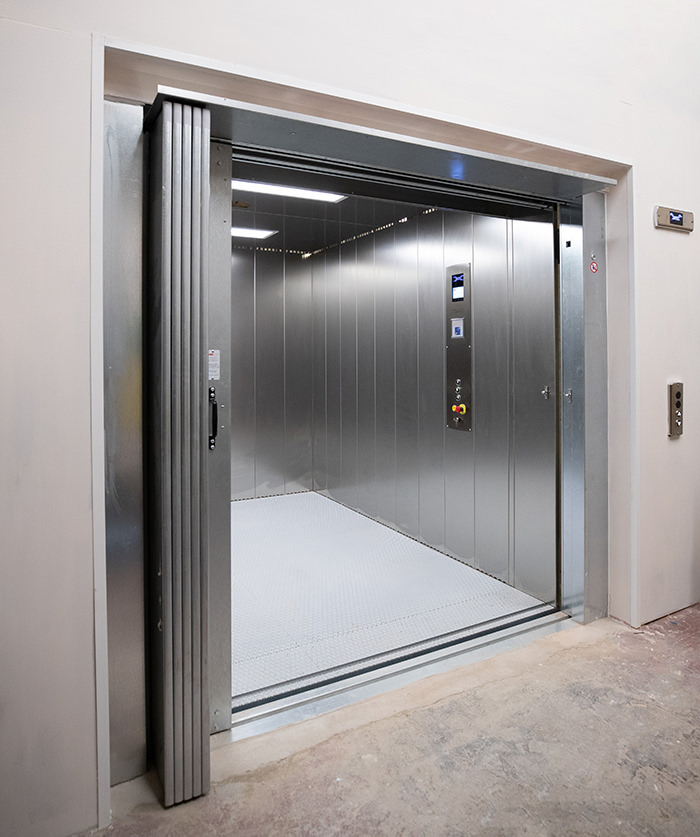London Lift Company: Offering Comprehensive Lift Solutions Throughout the Capital
London Lift Company: Offering Comprehensive Lift Solutions Throughout the Capital
Blog Article
Looking Into the Globe of Lifts: Common Concerns Encountered by Numerous Lift Devices
As we navigate with the upright transport systems of modern buildings, elevators stand out as a vital part of our day-to-day lives. From hydraulic lifts to traction systems and machine-room-less layouts, each lift kind comes with its collection of common concerns.
Hydraulic Lifts
Hydraulic lifts, typically favored for low-rise structures, make use of fluid pressure to manage the movement of the elevator vehicle (lift repair companies). This mechanism entails a hydraulic pump pushing oil right into a cyndrical tube, triggering the elevator to relocate in the desired direction. While hydraulic elevators are recognized for their silent and smooth procedure, they do feature their own set of common concerns
One common problem with hydraulic elevators is oil leak. In addition, issues with the control system, such as faulty valves or a malfunctioning pump, can cause disturbances in the lift's movement.
Routine maintenance and timely fixings are necessary to make sure the smooth functioning of hydraulic elevators. By addressing these common concerns proactively, structure owners can decrease downtime and ensure the safety and performance of their vertical transport system.
Traction Elevators
When taking into consideration upright transport systems in structures, one more common type other than hydraulic elevators is the grip lift. Traction elevators operate using a system of ropes and counterweights that move the elevator automobile by gripping onto the hoist ropes. This mechanism permits for smoother and much faster upright transportation contrasted to hydraulic systems.
One of the typical concerns encountered by grip lifts is rope wear. The constant activity of the ropes within the grip system can bring about deterioration with time, possibly causing the lift to malfunction or come to be harmful for use. Regular inspections and upkeep of the ropes are essential to ensure the lift's correct performance and security.
An additional issue that traction elevators may encounter is related to the control system. Issues with the control system can lead to problems such as unpredictable motion, hold-ups in action times, or also complete shutdowns. Regular testing and upkeep of the control system are crucial to stop such problems and ensure the lift's reliability.
Machine-Room-Less (MRL) Elevators

One of the vital elements of MRL lifts is the portable gearless traction maker that is set up within the hoistway. This equipment successfully drives the elevator automobile without the demand for bulky devices located in conventional grip lifts. Additionally, MRL lifts normally utilize a counterweight system to stabilize the vehicle, additional enhancing their power effectiveness.
In spite of their benefits, MRL elevators might deal with difficulties associated with repair and maintenance due to the confined room for equipment installation. Accessibility for servicing parts within the shaft can be limited, needing specialized training for specialists. Appropriate upkeep schedules and normal assessments are important to make sure the continued smooth procedure of MRL elevators.
Overloading and Weight Limitation Issues
Are elevators equipped to deal with excess weight lots successfully and securely? Overloading and weight restriction concerns are her latest blog critical problems in lift operations. Lift manufacturers style lifts with certain weight abilities to ensure passenger security and equipment durability. Going beyond these weight restrictions can cause various troubles, consisting of mechanical failures, delays, and security threats.
When elevators are overwhelmed, it places too much pressure on the motor, wires, and other parts, possibly causing breakdowns or malfunctions. If they find excess weight, safety systems such as sensors and overload sensors are in location to stop lifts from relocating. Furthermore, going beyond weight limits can bring about enhanced power intake and wear and tear on the lift system.
To alleviate straining problems, building managers must plainly display weight limits in lifts and inform owners on the significance of sticking to these constraints - lift repair companies. Normal upkeep checks by certified service technicians can additionally assist guarantee that elevators are running within safe weight specifications. By addressing overloading and weight restriction problems proactively, structure proprietors can boost elevator safety and security and efficiency
Electrical System Failures
Exceeding weight restrictions in lifts can not only bring about mechanical issues however also possibly add to electric system failures within the lift facilities. Electrical system failings are a vital problem in lift procedure, as click here for more info they can cause unexpected shutdowns, breakdowns, or even safety and security hazards. One usual electric concern is the overheating of components due to excessive existing circulation triggered by straining the elevator beyond its capability. This can cause harm to the motor, control, or circuitry systems, resulting in pricey fixings and downtime.
In addition, power rises or fluctuations in the electrical supply can likewise interrupt the lift's procedure, affecting its performance and safety. These electrical disturbances can harm sensitive lift parts such as control board, circuit card, or sensing units, causing system failures. Normal upkeep and inspections are important to identify and resolve potential electrical problems immediately, making sure the risk-free and effective operation of lift systems. By sticking to weight limits and performing routine electrical system checks, building owners can minimize the risk of electric failures in lifts.
Verdict

Hydraulic lifts, frequently preferred for low-rise buildings, use fluid pressure to manage the activity of the elevator automobile.When considering upright site web transportation systems in buildings, an additional usual type apart from hydraulic lifts is the traction lift. Traction elevators run making use of a system of ropes and counterweights that move the lift auto by gripping onto the hoist ropes. Unlike typical lifts that call for a separate machine room to house the devices, MRL elevators integrate most of the parts within the shaft, eliminating the demand for a committed equipment area.In conclusion, elevators deal with common concerns such as hydraulic malfunctions, traction system failures, and electrical system troubles.
Report this page